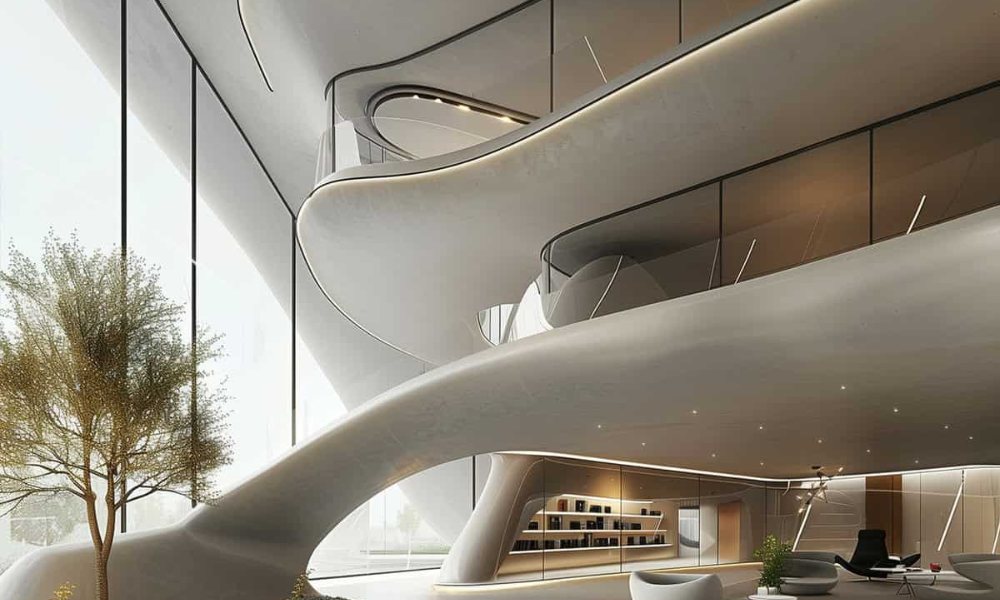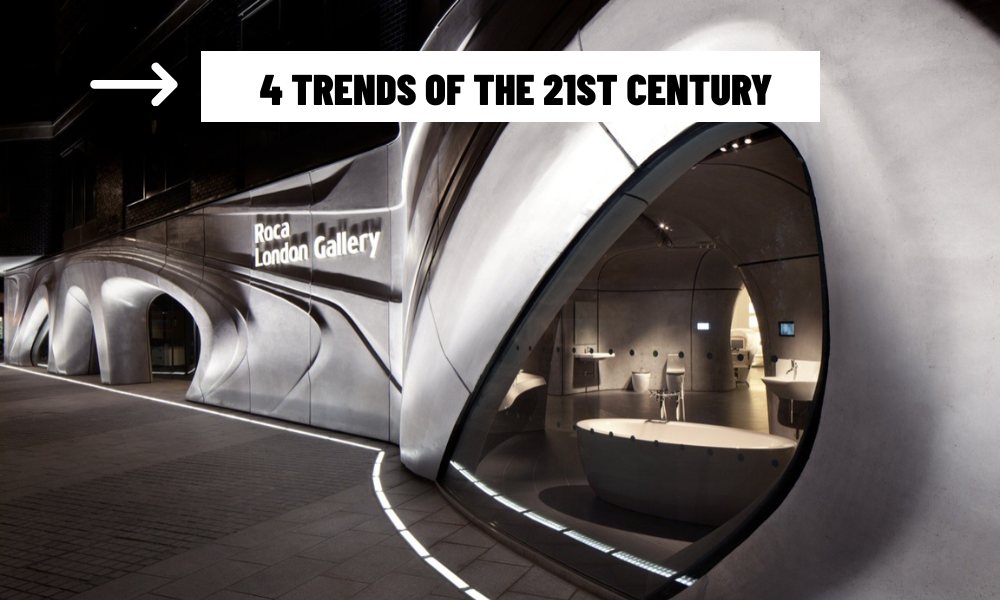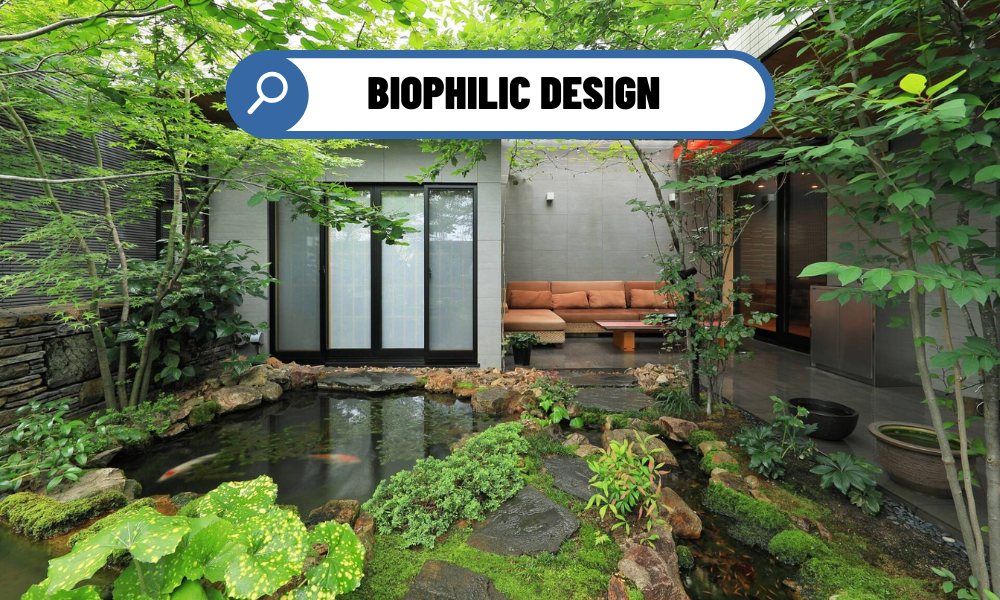The 21st century has brought with it a fundamental shift in how we live, work, and interact with the world around us. Across every sector — from architecture and urban planning to digital technology and wellness — new priorities are emerging, driven by global challenges and rapid innovation.
Understanding the 4 trends of the 21st century isn’t just helpful for keeping up — it’s essential for building strategies that are relevant, resilient, and forward-thinking.
Contents
1. Sustainability as a Design Standard, Not a Luxury
No longer a “nice to have,” sustainability has become a non-negotiable part of innovation. Whether you’re designing a product, a building, or an entire city, environmental impact is now a core performance metric.
What this means:
- In architecture: Net-zero buildings, passive design, reclaimed materials
- In cities: Green infrastructure, walkability, electric transit
- In consumer products: Circular design, biodegradable packaging, low-carbon supply chains
Sustainability in the 21st century goes beyond damage control — it emphasizes regeneration and long-term resilience.
2. The Digital-Physical Convergence: Smart Living Everywhere
One of the most powerful trends of the 21st century is the seamless integration of technology into everyday life. From smart homes to AI-driven public services, we’re seeing the boundaries between the digital and physical worlds dissolve.
Key developments:
- Smart homes with interconnected systems for lighting, energy, security, and entertainment
- Urban environments embedded with IoT sensors, responsive infrastructure, and digital twins
- The rise of the metaverse and spatial computing in architecture, interior design, and collaboration
This convergence demands a new kind of design thinking — one that accounts for interaction, adaptability, and user behavior across both real and virtual dimensions.

3. Human-Centered Design: Prioritizing Wellness and Experience
A critical 21st-century shift is the return to the human experience as the foundation of design. From mental health to emotional comfort, people now expect their environments — digital or physical — to support their well-being.
Applications:
- Biophilic architecture that reconnects people with nature
- Workplaces designed for neurodiversity, focus, and flexibility
- Digital platforms with intuitive UX, low cognitive load, and ethical feedback loops
Whether designing homes, apps, or cities, the focus has shifted toward care, comfort, and clarity — not just efficiency.
4. Globalization Meets Localization: A Balance of Scale and Identity
While global connectivity continues to grow, there’s also a renewed emphasis on local identity, culture, and relevance. People want to feel rooted in their communities, even as they engage with the world.
What this trend looks like:
- Locally sourced materials and craftsmanship in architecture
- Neighborhood-driven smart city initiatives
- Cultural inclusivity in product and service design
This trend highlights the importance of contextual design — solutions that are globally informed but locally adapted.
To ask “What are the 4 trends of the 21st century?” is to ask: how should we design for the future? These trends — sustainability, digital integration, human-centeredness, and localization — aren’t just industry talking points. They represent deeper value shifts in how we want to live, work, and coexist on a planet that is becoming more connected and more challenged every day.
Recognizing these forces enables professionals across disciplines to respond with insight, not impulse. Whether you’re an architect, technologist, entrepreneur, or policymaker, these four trends provide a foundation for building not only what’s next — but what’s needed.



